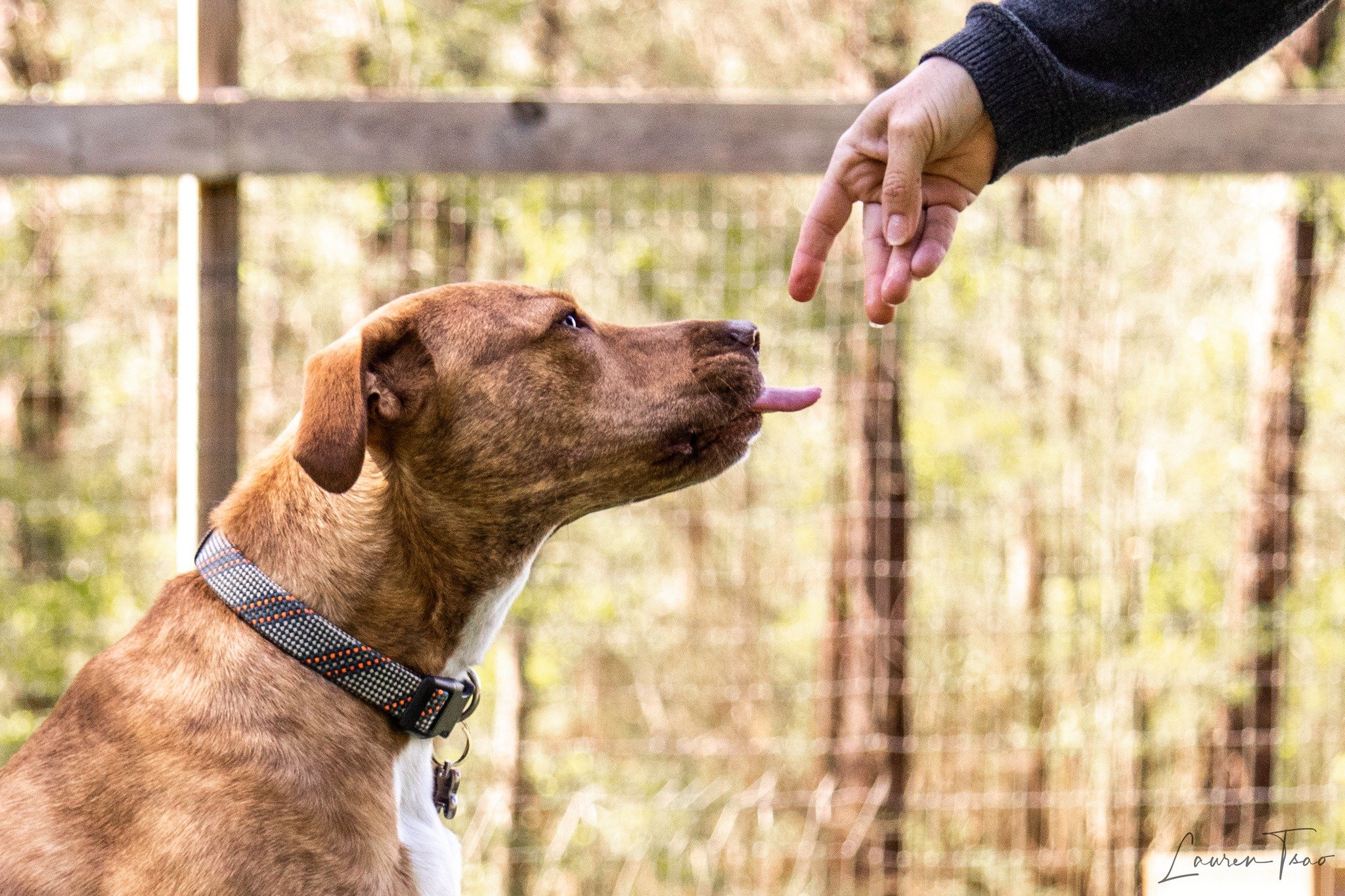Classical Conditioning and Your Dog: Understanding How It Shapes Behavior
Written by Lauren Tsao, MS, CDBC, CPDT-KA
When it comes to dog training, many techniques rely on a fundamental concept from psychology: classical conditioning. This principle explains how dogs, and all other animals, including humans, can learn to associate specific events, words, or stimuli with certain outcomes. It’s the basis of many behaviors, both desirable and undesirable, that we see in our dogs every day.
Today, we’ll explore classical conditioning, how it relates to your dog’s behavior, and how understanding it can help you become a better advocate for your dog. Don’t forget to watch the video example where I am personally tortured to illustrate classical conditioning in action.
What Is Classical Conditioning?
Classical conditioning was first identified by Russian physiologist Ivan Pavlov in the early 1900s. In his famous experiments, Pavlov found that dogs could learn to associate a previously neutral stimulus, like the sound of a metronome, with something meaningful, like the arrival of food. Over time, the dogs would salivate at the sound of the metronome, even if no food was present.
How It Works:
Unconditioned Stimulus (UCS): Something that naturally elicits a response (e.g., food causing salivation).
Unconditioned Response (UCR): The natural reaction to the UCS (e.g., salivating when food is present).
Conditioned Stimulus (CS): A previously neutral stimulus that becomes associated with the UCS (e.g., the metronome).
Conditioned Response (CR): The learned reaction to the CS (e.g., salivating at the sound of the metronome).
For dogs, classical conditioning explains why they might get excited when they hear the sound of a leash being picked up (leash = walk), or why they might cower at the sound of thunder if it’s been associated with frightening events.
Video Example: Classical Conditioning in Action
In the video example we’re featuring, a person reads out random words to a learner (me!) sitting nearby. Whenever the word “ship” is spoken, the learner is sprayed with a small amount of water. After several repetitions, something happens: the learner begins to flinch at the sound of the word “ship,” even before the water is sprayed.
What’s Happening Here?
The word “ship” starts as a neutral stimulus. It has no particular meaning to the learner.
The spray of water acts as the unconditioned stimulus (UCS), naturally causing the learner to flinch (unconditioned response (UCR)).
Over time, the learner associates the word “ship” (conditioned stimulus) with the water spray, leading them to flinch (conditioned response) at the word alone, even in the absence of water.
This simple yet powerful demonstration mirrors how dogs learn through classical conditioning. A dog might learn to associate the doorbell with the arrival of strangers, causing them to bark or become anxious as soon as they hear the chime, even if no one is there.
How Classical Conditioning Relates to Dog Behavior
Classical conditioning plays a significant role in shaping a dog’s emotional responses, which can affect both desirable and undesirable behaviors. Many unwanted behaviors in dogs, like barking at the mail carrier or trembling during storms, stem from classical conditioning. By recognizing how these associations form, you can work proactively to create positive experiences for your dog. It’s also a valuable tool for helping dogs build confidence.
Positive Associations:
Teaching a dog an event (ex. you picking up your dog leash) predicts a positive outcome (ex. going on a walk) can make that stimulus itself a positive experience.
Creating positive associations with new environments, people, or other dogs helps build confidence in shy or fearful dogs.
Negative Associations:
Dogs can also develop negative associations if something frightening or unpleasant repeatedly follows a neutral stimulus.
For example, if a dog hears a car backfire during a walk and feels startled, they might begin to flinch or startle around cars.
How to Use Classical Conditioning in Dog Training
Understanding classical conditioning can empower you to shape your dog’s behavior in more thoughtful ways. Here are a few tips:
Pair Rewards with Neutral Stimuli: The most well-known example in dog training is pairing a clicker or verbal marker with treats. Marker = treat. Over time you may see your dog’s ear perk up or drool after the marker.
Change Behavior: Gradually expose your dog to a stimulus, like the door bell or someone knockings, and pair the sound with a treat. Over time, your dog will come to you for a treat when they hear the doorbell instead of rushing to the door. A similar pairing is when dogs come running when they hear the food bag crinkling because it predicts eating breakfast.
Be Mindful of Timing: Classical conditioning works best when the stimulus and reward occur close together. For example, deliver treats immediately after a sound or event to create a strong association.
If your dog struggles with reactive or fear-based behaviors, or if you’re curious about how classical conditioning can help improve their training, we’re here to guide you. Through our Integrative Behavior Assessments, we’ll provide thorough consultations and personalized training and management strategies.
Contact us today to take the first step toward a happier, more confident dog. Let’s work together to unlock your dog’s potential through understanding and compassion! Contact me today to schedule a Behavior Assessment. I offer in-person sessions in the Jackson, MS metro area and virtual training help worldwide. Together, we’ll create a plan tailored to your dog’s unique needs.


